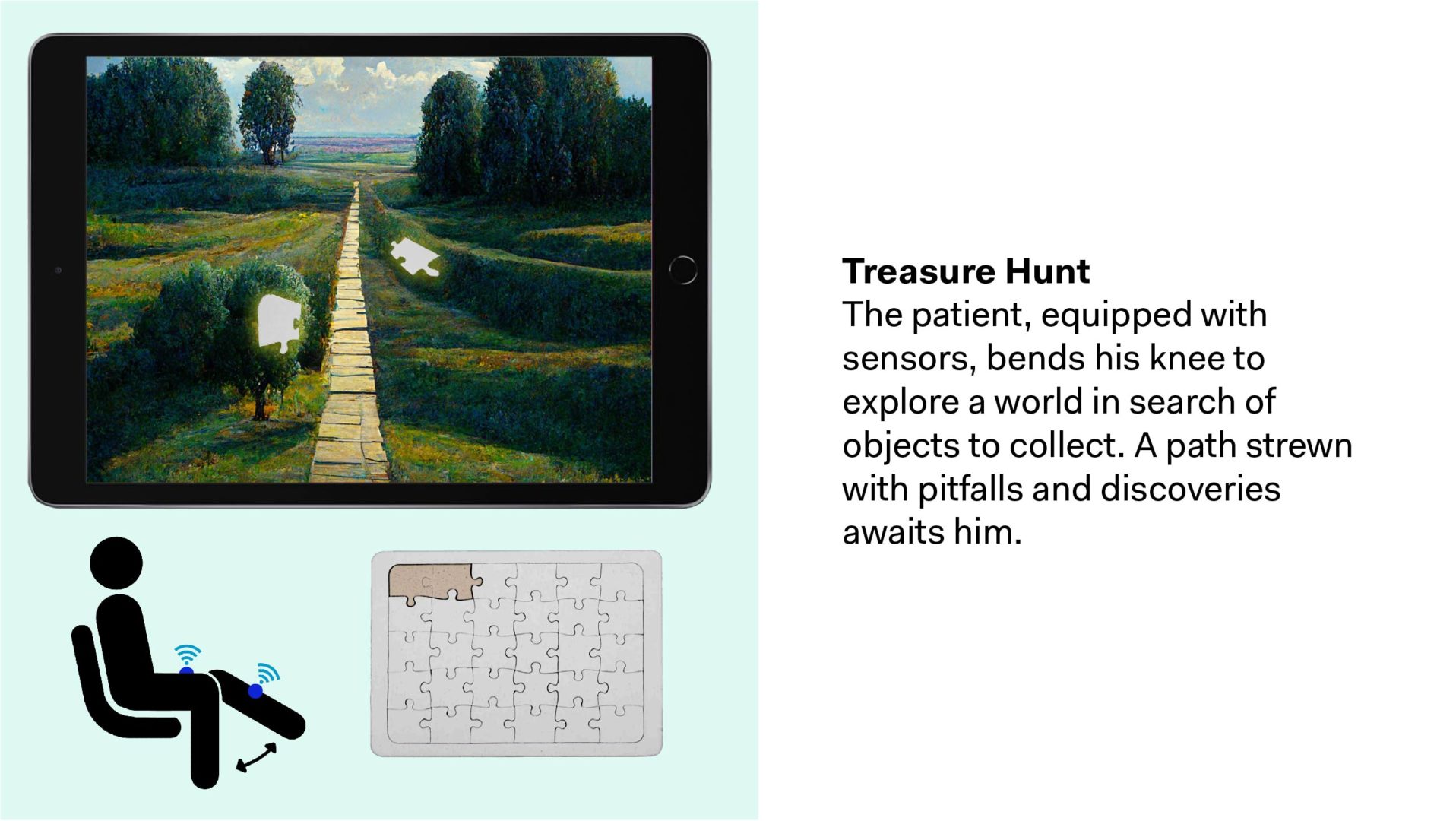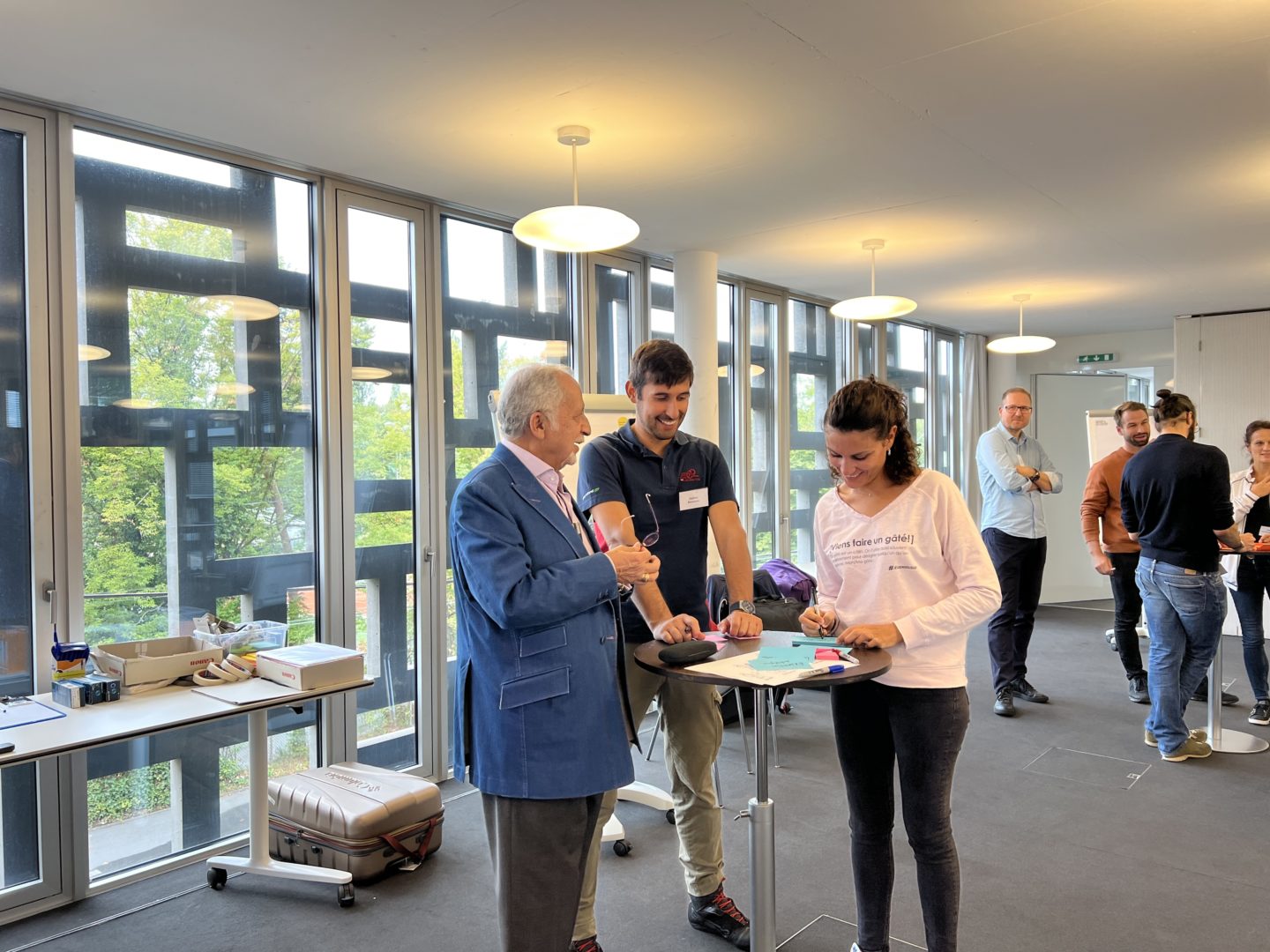Context
Technological progress in the field of tele-rehabilitation progressively offers more and more relevant solutions as a complement to standard rehabilitation therapy and as highlighted during the current pandemic of COVID-19. Moreover, and not only in times of social isolation, home-based exercise programs can be powerful preventive measures to counteract functional decline and falls.
Home care predominantly concerns elderly individuals and is often aimed at fall prevention and functional lower-limb rehabilitation. Fatal falls and fall-related injury show high incidence rates in seniors worldwide and are a major public health problem. With regards to orthopedic rehabilitation, over 40 000 hip and knee arthroplasties are placed each year in Switzerland mainly due to osteoarthritis. These incidences will continuously increase due to the aging population. After hospital discharge, elderly individuals have difficulties to perform the recommended home exercises due to lack of guidance and stimulation, or fatigue and pain. Camera systems or wearable sensors, particularly inertial measurement units, offer precise measurements of movement performance and good reliability at low cost. Existing applications for fall prevention or orthopedic rehabilitation lack motivational components such as gamification which favor attention and adherence to exercise programs notably in elderly individuals often lacking self-efficacy.









